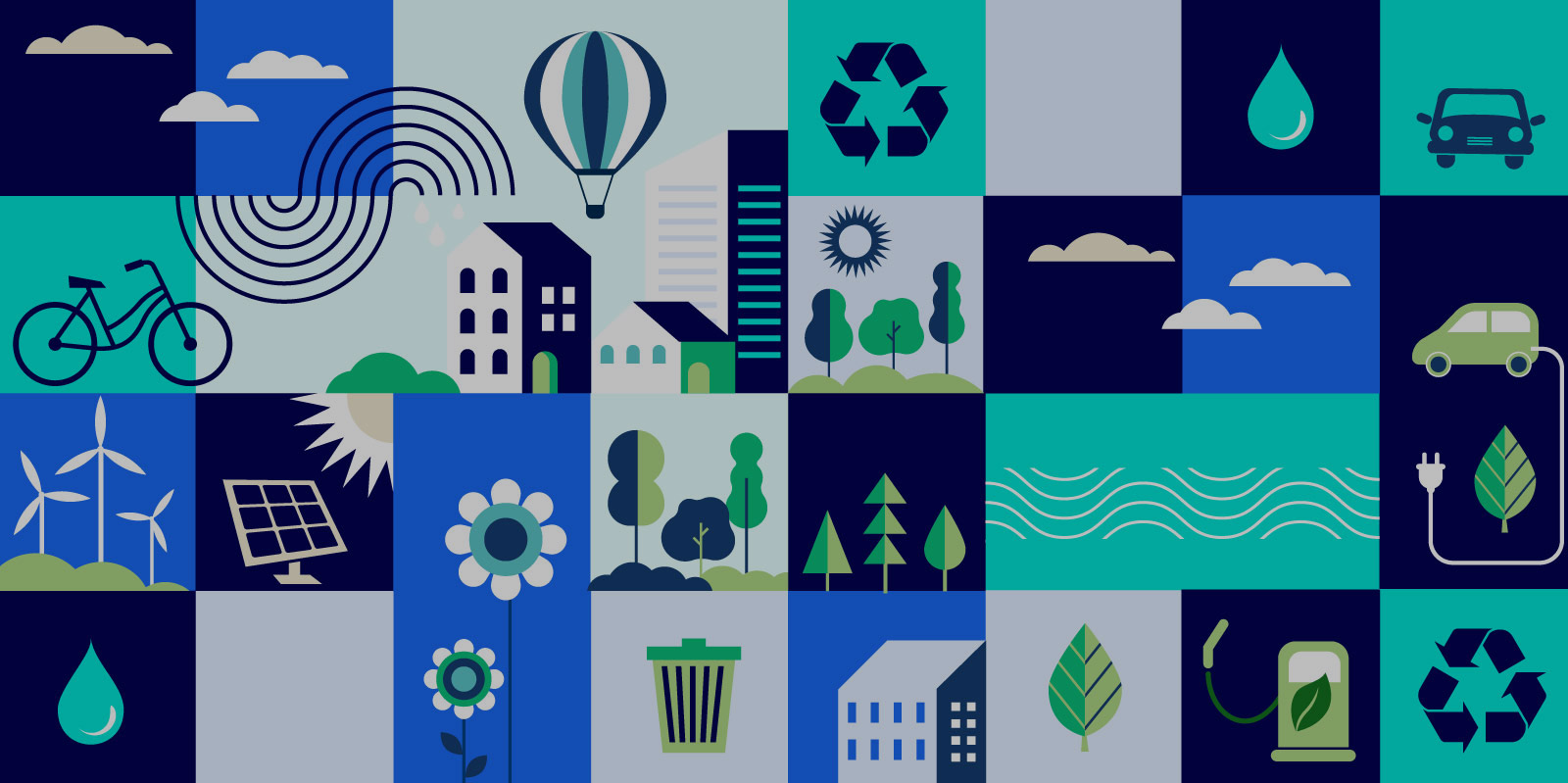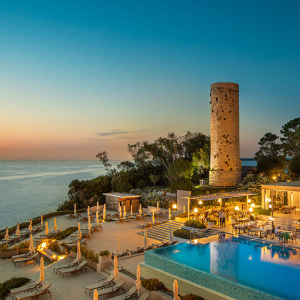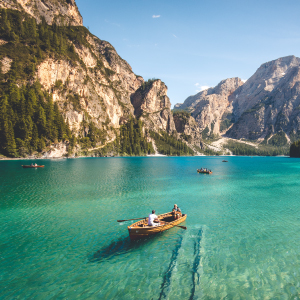PAPER
Part 1: The environmental impact of tourism
The importance, weight and relevance of the tourism industry in many parts of the world is undeniable. Over the past 60 years, tourism has grown to become one of the world’s most wealth-creating industries.
According to the United Nations Environment Program (UNEP), tourism contributes 10% of the world’s GDP, 7% of world exports and accounts for one in ten jobs worldwide. Its ability to attract investment, create jobs, increase exports and adopt new and emerging technologies makes it an important pillar of international economic growth and development.
However, this growth is not without consequences. And one of the most important of these is the environmental impact.
Research conducted by the United Nations (UN) has concluded that the travel sector’s consumption of key resources (energy, water, land and materials such as fossil fuels, minerals, metals and biomass) is increasing in proportion to its generation of solid waste and wastewater, loss of biodiversity and greenhouse gas emissions.
According to the same study, in a business-as-usual scenario, by 2050 tourism could generate a 154% increase in energy consumption, a 131% increase in greenhouse gas emissions, a 152% increase in water consumption, and a 251% increase in solid waste (materials that are discarded after their useful life and have no economic value of their own).
In this context, and according to information published by the sectoral media Skift, the travel sector contributed, in 2019, to the emission of 11% of global greenhouse gas emissions.
The same media reports that the growth of emissions in the sector is directly proportional to the growth of international tourist arrivals. The following graph shows the evolution over the last 10 years.
Download the complete paper

We inform you that Voxel Media, S.L. will process your data in order to manage your requests, answer your questions, organize events and, when appropriate, send you our Newsletter to keep you informed of our activities and services. You can exercise your ARCO+ rights (access, rectification or deletion, limitation to processing, opposition and portability) by sending an email to [email protected].

And, although we often measure the success of a sector and a company by its economic impact, it is essential to reflect and go a step further.
In this sense, we must understand that climate change is not only a consequence but also a threat to the industry itself.
Pollution, scarcity of resources, global warming, etc. have a direct and negative impact on tourism: climate instability, poorer health conditions for local populations, fewer and worse beaches, among others. Weather also determines the length and quality of the vacation seasons.
Rising sea levels, more frequent flooding and other adverse weather events threaten the livelihoods of communities everywhere, from infrastructure and supply chains to food security.
A just transition to net zero emissions by 2050 will only be possible if the travel sector accelerates the adoption of sustainable production and consumption patterns and redefines future success to consider not only economic value, but also the regeneration of ecosystems, biodiversity and communities.
There is an urgent need to find a model that prioritizes the well-being of communities and ecosystems, and ensures that visitor experiences no longer generate emissions and consume large amounts of resources. The alternative is to continue contributing to climate change, pollution and biodiversity loss that threaten many tourism activities.
Tourism can lead the transition to a low-carbon future. The opportunity is now.
Climate change is not only a consequence but also a threat to the industry itself.












